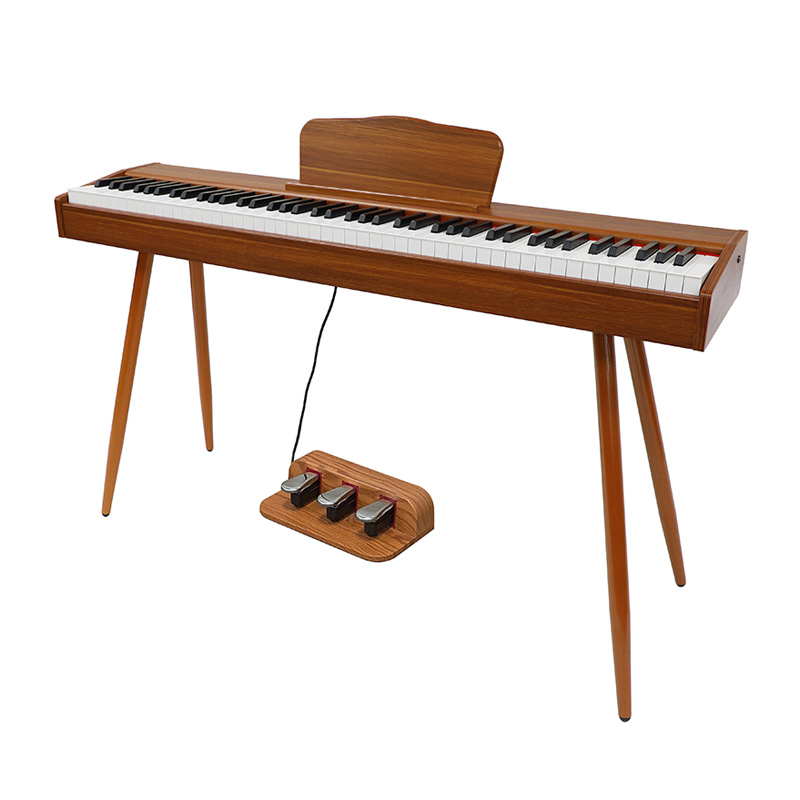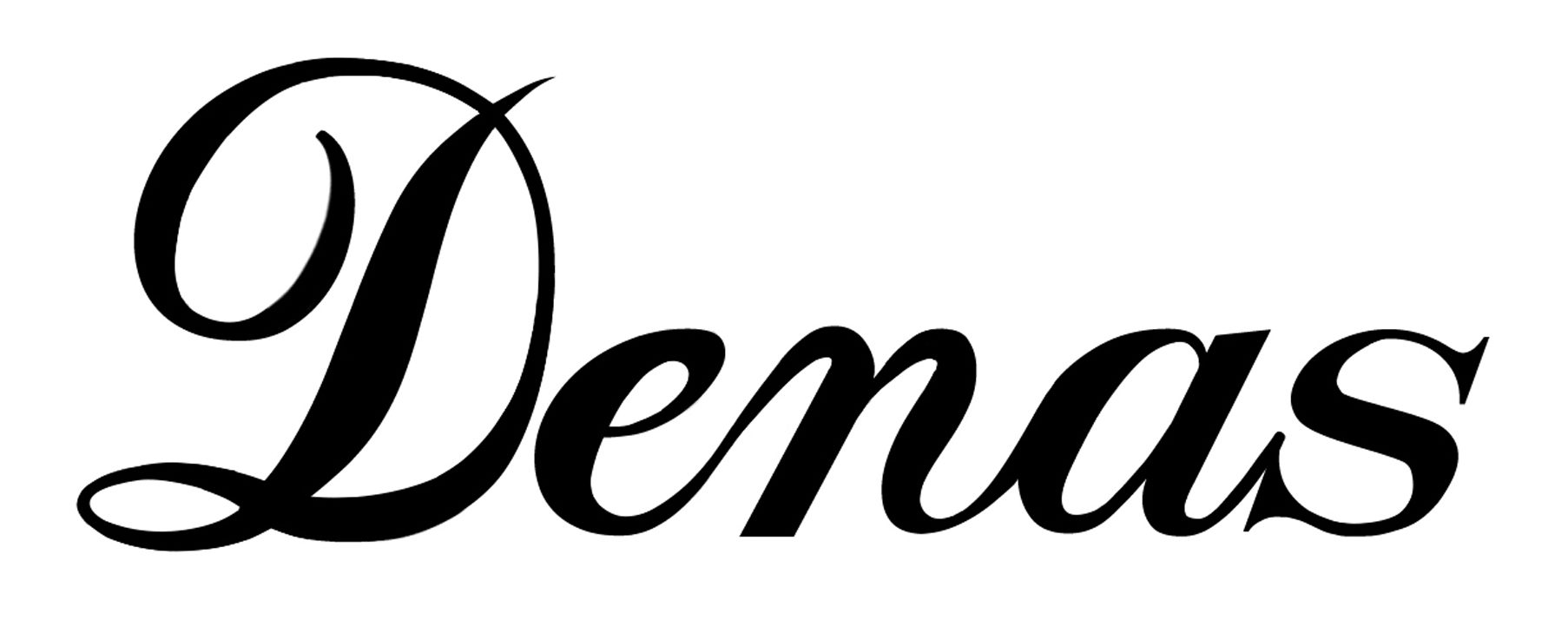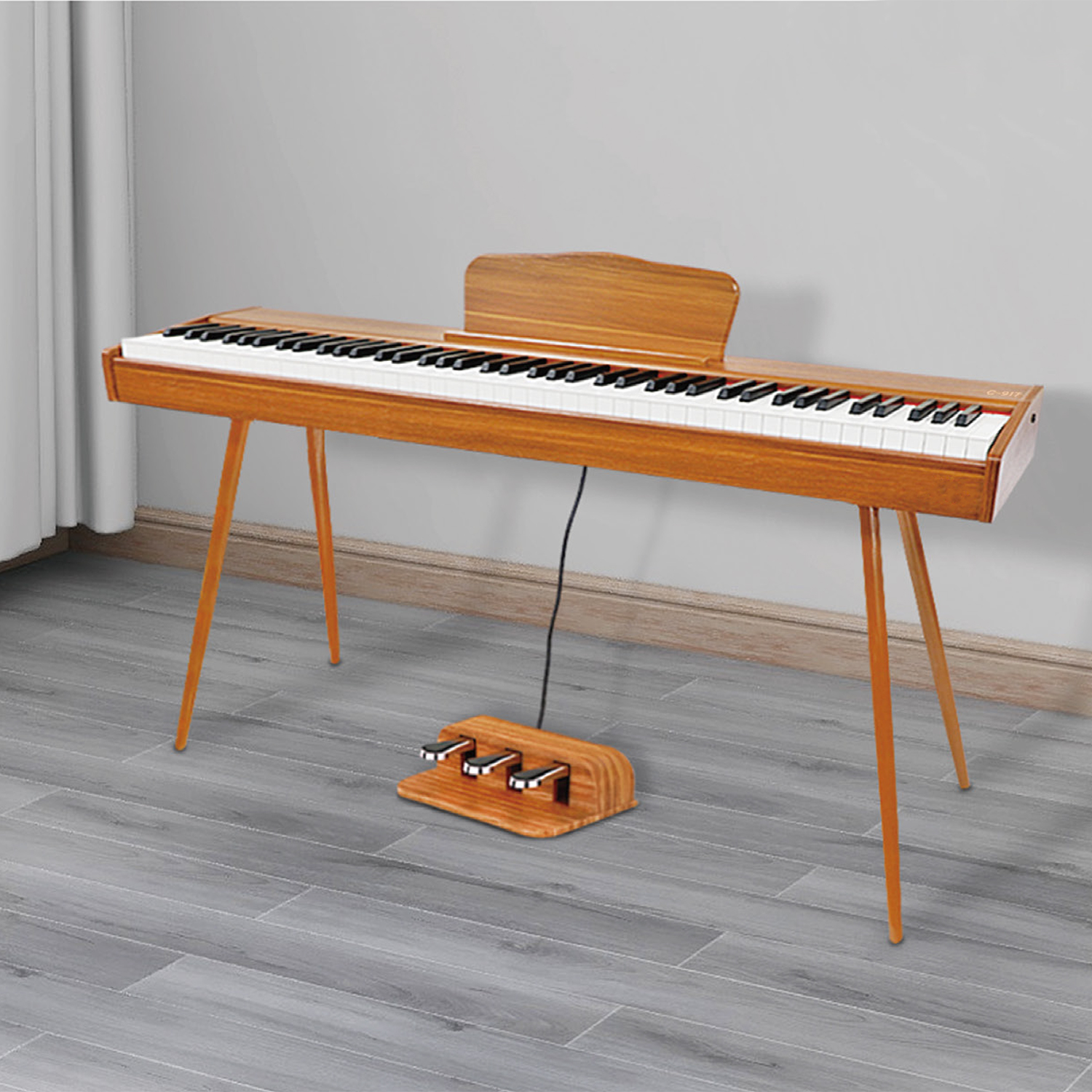A digital piano is more than just an electronic instrument; it is designed to replicate the touch, feel, and response of an acoustic grand piano. One of the most critical aspects of this replication is the keyboard action—the way the keys respond to a pianist’s touch. Weighted hammer action technology plays a pivotal role in achieving an authentic playing experience by simulating the natural resistance and dynamic response of a traditional piano.
In this article, we explore the importance of weighted hammer action, how it affects playability, and why it is an essential feature for musicians seeking a realistic piano experience.
Understanding the Mechanics of a Digital Piano Keyboard
A traditional acoustic piano produces sound through hammers striking strings when keys are pressed. The weight and resistance of the keys are a direct result of this mechanical system. In contrast, digital pianos use electronic sensors and speakers to generate sound. To mimic the realistic feel of an acoustic piano, manufacturers have developed weighted hammer action technology, which replicates the resistance and graded weighting of traditional piano keys.
The Role of Weighted Keys in Digital Pianos
A key aspect of piano touch response is the resistance felt when pressing the keys. A fully weighted keyboard ensures that each note has a similar response to that of an acoustic piano. Without proper weighting, the playing experience can feel unnatural and may hinder the pianist’s ability to transition between digital and acoustic instruments.
There are three main types of digital piano key actions:
- Semi-Weighted Action – Uses springs to add resistance, offering a better experience than unweighted keys but lacking the authenticity of real hammers.
- Hammer Action – Implements small hammers inside the keyboard mechanism to replicate the feel of acoustic piano keys.
- Graded Hammer Action (GHA) – More advanced technology where the lower keys feel heavier, and the higher keys feel lighter, just like on a real grand piano.
The Importance of Graded Hammer Action in Digital Pianos
1. Simulating the Feel of an Acoustic Piano
A high-quality graded hammer action keyboard provides a realistic touch response, which is crucial for professional pianists and students alike. In a traditional acoustic grand piano, the lower keys have heavier hammers, while the upper keys have lighter ones. Graded hammer action technology recreates this effect, ensuring that digital pianos offer a truly natural playing experience.
2. Enhancing Finger Strength and Technique
Practicing on an unweighted keyboard can lead to weak finger muscles and poor technique. However, a graded hammer action digital piano provides proper resistance, allowing musicians to develop finger strength and dynamic control, essential for mastering expressive playing.
3. Improved Dynamic Expression
A well-designed weighted hammer action system allows for precise control over velocity and dynamics. This means a pianist can play soft pianissimo or powerful fortissimo passages with the same level of control as an acoustic piano.
4. Better Transition to Acoustic Pianos
Many musicians start with a digital piano before moving to an acoustic grand piano. A properly weighted keyboard ensures that the transition is smooth, without requiring significant adjustments to technique or hand strength.
Key Features to Look for in a Weighted Hammer Action Digital Piano
1. Fully Weighted and Graded Keys
When choosing a digital piano, ensure that it has fully weighted keys with graded hammer action. This ensures an authentic feel and proper finger resistance.
2. Ivory or Ebony Key Textures
Premium digital pianos come with textured key surfaces, often made of simulated ivory or ebony, which improve grip and mimic the feel of a traditional acoustic piano.
3. Triple-Sensor Technology
Modern high-end digital pianos use triple-sensor technology, which allows for faster repetition of notes and enhanced sensitivity, closely replicating the grand piano key response.
4. Escapement Mechanism
Some digital pianos incorporate an escapement mechanism, simulating the slight notch or resistance felt when pressing a key lightly—just like in a grand piano.
5. Adjustable Touch Sensitivity
Many digital pianos allow musicians to adjust touch sensitivity to suit their playing style, providing flexibility for both beginners and advanced pianists.
Why Weighted Hammer Action is Essential for Pianists
A digital piano with a properly designed weighted hammer action keyboard is indispensable for anyone serious about piano playing. Whether you are a beginner, intermediate player, or a professional pianist, investing in a high-quality digital piano with graded hammer action ensures that you develop proper technique, control, and musical expression.
Choosing a digital piano with weighted hammer action is crucial for an authentic and immersive playing experience. From simulating the touch of an acoustic piano to enhancing dynamic expression and finger strength, this technology is a game-changer for musicians.
When shopping for a digital piano, always prioritize graded hammer action, key texture, sensor technology, and adjustable touch sensitivity to ensure the best possible playing experience.



